You can expect a reliable, safe, and comfortable driving experience with Honda’s Pilot SUV. In order to keep your car performing at its best, you need to understand exactly when it should be serviced.
In the Honda Pilot maintenance schedule, the first interval will be around 7,500 miles. The next time you’re near 15,000 miles, you’ll still need an oil change and tire rotation. When you reach 30,000 miles, it will be time for your next substantial service.
After 60,000 miles, you’ll have to have another major inspection and replacement on your Honda Pilot.
It’s a good thing you won’t have to completely track these intervals on your own. It’s easy to keep track of maintenance with Honda Maintenance Minder.
The owner’s manual only includes some of the servicing requirements for the Honda Pilot. But you need to know all the information related to servicing and maintenance of the Pilot. So, let’s check it out.
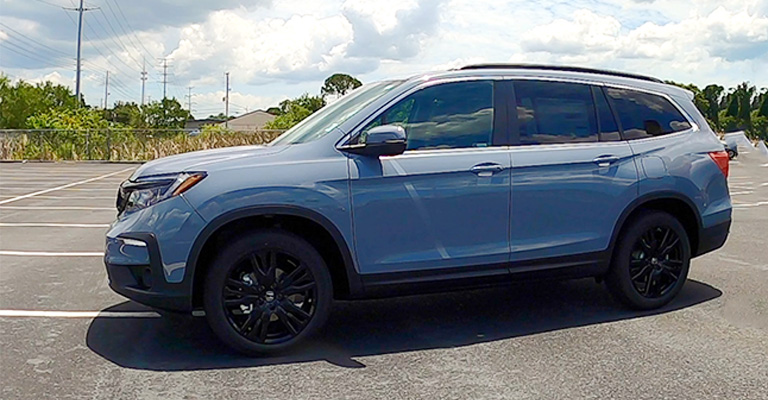
What Is Routine Maintenance On A Honda Pilot?
Below is the breakdown of the maintenance of the Honda Pilot according to mileage. This will help you to know when to bring your vehicle in for service and help you keep your vehicle running at its peak performance.
At 7,500 Miles
Here are details of the maintenance schedule after 7500 miles, including a tire rotation, engine oil, and oil filter.
Change Engine Oil

Changing the engine oil is an important part of the maintenance schedule for your Honda Pilot after 7500 miles. However, before changing the oil, you need to check the oil level and top it off.
You should then drain the old oil and replace it with the recommended grade and type of oil for your Honda Pilot. After you’ve replaced the oil, consider checking the oil level again and finishing up if necessary.
Tire Rotation
Tire rotation is an important part of the maintenance schedule for your Honda Pilot after 7500 miles. This process helps maintain even tire wear and helps keep your Honda Pilot running well.
To rotate your tires, you have to inspect the tire pressure, jack up the car, and remove the tires from the wheel.
Change Oil Filter
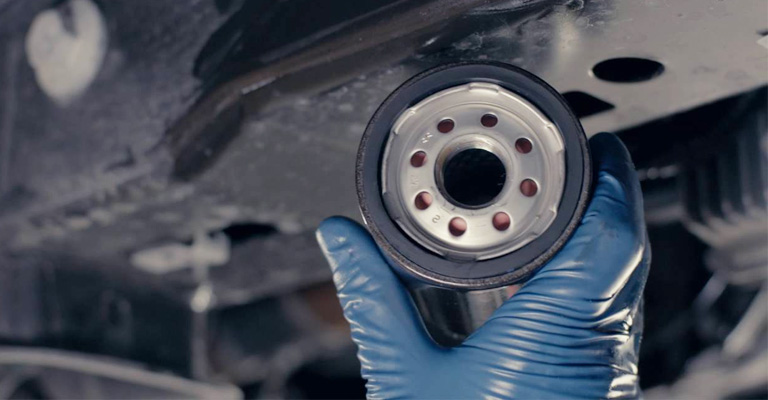
In addition to changing the engine oil, the oil filter needs to be changed after 7500 miles as well. To change the oil filter, first, locate it and unscrew it with a wrench.
Once the oil filter is removed, replace it with a new one that is the right size and type for your Honda Pilot. After the new oil filter is in place, fill it with the correct amount of oil and then screw it back in.
At 15,000 Miles
In addition to the maintenance done after 7500 miles, here is the maintenance schedule to help you keep your Honda Pilot in top shape after 15,000 miles.
Inspect the Suspension and Steering
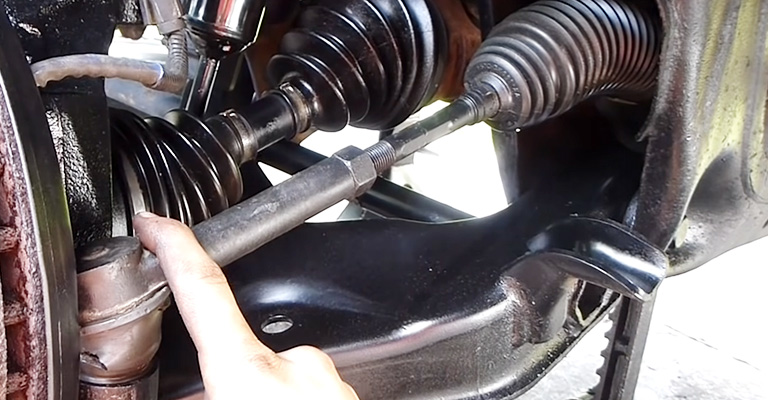
The suspension and steering components of your Honda Pilot will need to be inspected at 15,000 miles.
This includes checking the shock absorbers, struts, and steering components. The condition of the tires should be checked, as well as the alignment and balance.
Check the Fuel System
At 15,000 miles, the fuel system of your Honda Pilot should be checked and serviced. This includes checking the fuel filter, the fuel lines, and the fuel injectors.
Inspect the Parking Brake System
Checking the parking brake system is an important part of the maintenance schedule after 15,000 miles. Ensure the parking brake is working properly and the brake pads are in good condition. Also, check for any leaks in the system.
Check the Fluids
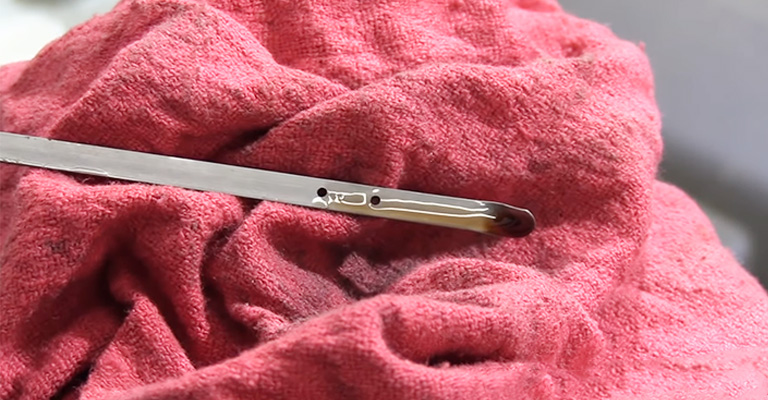
Fluids play a significant role when it comes to your Honda Pilot’s engine. Thus, they should be checked regularly. Ensure all fluids are topped up, and the levels are correct. This includes engine oil, transmission fluid, coolant, and brake fluid.
Inspect the Brake Lines and Brakes
Brake lines and brakes should be inspected regularly, as they can wear down quickly. Ensure all the brake lines and brakes are in good condition and not leaking.
Check the Exhaust System
Checking the exhaust system is mandatory to ensure your Honda Pilot runs efficiently. This includes looking for blockages in the exhaust pipe and checking the muffler.
At 30,000 Miles
As your Honda Pilot is almost the 30,000-mile mark, getting your vehicle in for regular maintenance can’t be overlooked. In addition to the previously mentioned services, here is the maintenance schedule for the Honda Pilot after 30,000 miles.
Inspect Valve Clearance
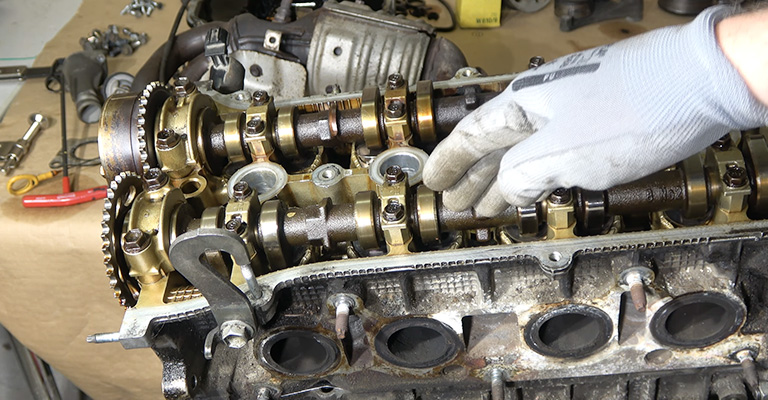
Valve clearance is one of the first priorities regarding engine performance. So, it should be checked at least every 30,000 miles. This involves checking the gap between the valves and the valve seats and can be done with a feeler gauge.
Inspect and Adjust Drive Belts
After 30,000 miles, it’s important to inspect and adjust the drive belts on your Honda Pilot. This includes checking the tension and adjusting it if necessary. You should also inspect the belt for signs of wear and replace it if worn out.
Replace Spark Plugs if Required
Your Honda Pilot’s spark plugs help to ignite the fuel in the engine and should be replaced every 30,000 miles if required. This helps to ensure that the engine runs efficiently and that the exhaust gases are clean.
Check the Brake System
You should also check the brake system in your Honda Pilot. This includes checking the brakes, adjusting the calipers and rotors, and inspecting the brake lines for any signs of wear. Resolving issues as soon as possible is a must if you find any problems.
Replace Differential Fluid
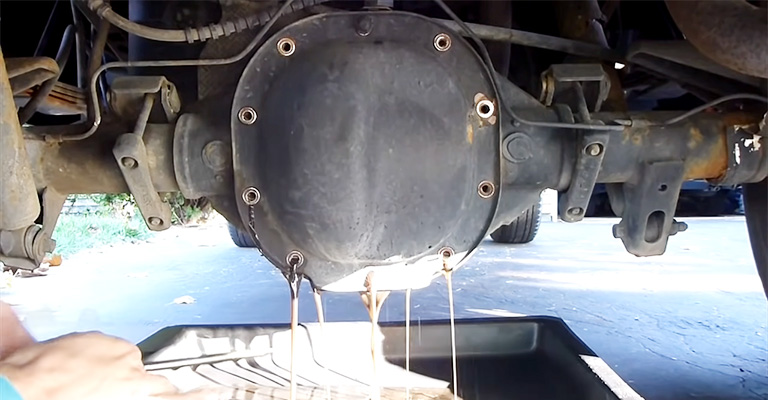
Your Honda Pilot’s differential fluid helps to keep the gears in your transmission running smoothly. At 30,000 miles, you can’t help but replace the differential fluid to keep the gears running efficiently.
Replace Cabin and Air Filters
Your Honda Pilot’s cabin and air filters help to keep the air in your car clean and should be replaced every 30,000 miles. This helps to ensure that the air in your car is fresh and clean and that your engine is running efficiently.
At 45,000 Miles
After 45,000 miles, several crucial maintenance tasks should be carried out along with the previous ones. Let’s take a look at what these include.
Replace the Coolant
The coolant in your Honda Pilot should be replaced every 45,000 miles. The coolant helps keep the engine running at its optimal temperature.
Over time, the coolant can become contaminated and less efficient. Replacing the coolant will ensure your engine runs as efficiently as possible.
Replace the Brake Fluid
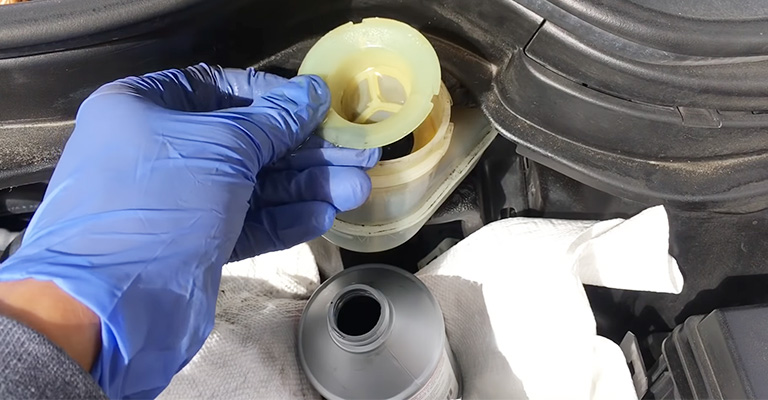
The brake fluid in your Honda Pilot should also be replaced every 45,000 miles. This fluid is critical to the performance of your braking system, and it’s important to ensure that it is in good condition.
If your brake fluid is old or contaminated, it can reduce the braking power of your SUV and lead to brake system failure.
At 60,000 Miles
Most of the services you previously had are usually covered by this period, with a few more. Below is the maintenance schedule of a Honda Pilot after 60,000 miles:
Change the Transmission Fluid
At 60,000 miles, it’s important to change the transmission fluid in your Pilot. Honda recommends changing the fluid every 30,000 miles, so if you still need to do it for 60,000 miles, now’s the time.
Changing the fluid will help keep your transmission running smoothly and reduce the chances of unexpected breakdowns.
Change the Transfer Case Fluid
Your Pilot’s transfer case fluid should also be changed at 60,000 miles. This helps to keep the gears in your transfer case well-lubricated and running properly.
Keep in mind that the transfer case fluid needs to be changed more often if you’re doing a lot of off-roading with your Pilot.
Replace the Rear Differential Fluid
The rear differential helps to distribute power to your car’s rear wheels. Over time, the fluid inside the differential can become contaminated with debris and particles, decreasing power delivery.
Replacing the differential fluid will help to keep the rear wheels running smoothly and reliably.
Change the Oil Filter
Oil filters are important to keep your car’s engine running properly. After 60,000 miles, it’s important to change the oil filter to ensure that the oil is clean and that impurities are filtered out of the engine oil.
At 90,000 Miles
Previous maintenance tasks should be done first, and then you must do more if your Honda pilot reaches 90,000 miles. Here is how to keep your Honda Pilot running smoothly after 90,000 miles.
Replace the Transmission Fluid
Just like it’s crucial to maintain the transmission fluid after 60,000 miles, you must also maintain it after 90,000 miles.
It’s essential to ensure the longevity and reliability of your transmission. The process is fairly simple but requires some special tools and knowledge.
Replace the Brake Fluid
As mentioned in 45,000 miles, you must maintain your Honda Pilot after 90,000 miles. The process is also simple, and with some tools, it can easily be done.
At 105,000 Miles
Here is the maintenance schedule for your Honda Pilot after 105,000 miles.
Replace Automatic Transmission Fluid
As mentioned earlier, you should replace the automatic transmission fluid to keep your Honda Pilot running smoothly.
Replace Spark Plugs
Replacing the spark plugs should also be done after 105,000 miles. Since Old spark plugs can cause your engine to misfire and lead to decreased performance and fuel economy, spark plug replacement is essential.
Replace Timing Belt
Timing belts should also be replaced after 105,000 miles. This ensures that your engine can run smoothly and helps reduce the risk of engine damage. Make sure you follow the manufacturer’s instructions when changing the timing belt.
Inspect Water Pump
The water pump helps your Honda Pilot stay cool by circulating coolant through the engine. After 105,000 miles, inspecting the water pump to ensure it’s in good condition is eternally significant.
Inspect Idle Speed
The idle speed controls the engine’s RPM when the Honda Pilot is not in motion. After 105,000 miles, you’re to inspect the idle speed to ensure its functioning properly. If the idle speed is off, it can lead to decreased performance.
Benefits of Regular Maintenance
To ensure that your Pilot continues to run at its best, it’s important to follow a regular maintenance schedule based on the car’s mileage.
It’s easier to understand than the Honda maintenance minder. Here are a few benefits of following the Honda Pilot’s maintenance schedule by mileage.
Keeps You on Track
Sticking to this schedule is a great way to keep your maintenance on track. This helps to ensure that you get all important maintenance items and that your Honda Pilot remains in top condition.
Helps You Save Money
This can also help you save money in the long run. Regular maintenance helps to prevent more costly repairs down the line and can extend the life of your car.
By taking the time to stay on top of your Honda Pilot’s maintenance, you’re helping to ensure that your car remains in great shape and that you’re not hit with costly repairs in the future.
Lengthens the Life of Your Honda Pilot
The Honda Pilot maintenance schedule by mileage is designed to help extend the life of your vehicle. Following the schedule can keep your Honda Pilot running for many years.
Regular maintenance and repairs can help to prevent major repairs and breakdowns, which can save you money and help you keep your Honda Pilot running for many years to come.
Improves Performance
Following the maintenance schedule by mileage can keep your car running at its best. Regular maintenance can improve your car’s performance and save you money on fuel.
Plus, it can help to keep your Pilot in peak condition, so you can enjoy a smooth and reliable ride when you’re out on the road.
What Is Your Maintenance Minder Saying
The Maintenance Minder system of your Honda Pilot will remind you when it’s time for maintenance, and depending on the mileage of your vehicle, some services may be needed sooner than others.
Maintenance Minder – Message
Oil Life 0% – Need immediate service now; service time has passed
Oil Life 5% – Service required as soon as possible
Oil Life 15% – Regular service needs to happen soon
Maintenance Minder – Symbols
A – Change the engine oil and filter
B – Inspect your filter, engine oil, and brakes, and rotate the tires
Maintenance Minder – Numbers
1 – Indicates check tire pressure and condition, and rotate the tires
2 – Replace the cabin filter, replace the air filter, and check the drive belt
3 – Replace ATF
4 – Adjust or inspect valve clearance, check the water pump, replace the spark plugs, and replace the timing belt.
5 – Change the engine coolant
6 – Replace the rear differential fluid
Frequently Asked Questions
Ideally, for any Honda Pilot, you should take it in for service every six months or 7,500 miles, whichever comes first. During this time, your Pilot should have an oil change, tire rotation, and general inspection by a qualified technician
Honda is known for their vehicles’ quality, durability, and longevity. They typically have a high resale value and can last over 200,000 miles if maintained properly.
Conclusion
Following a Honda Pilot maintenance schedule by mileage is essential for keeping your vehicle running smoothly and safely.
By following the maintenance schedule, you’ll be able to maintain your vehicle’s performance and efficiency and prevent costly repairs down the line.
Staying on top of maintenance will also help extend your Honda Pilot’s life, allowing you to enjoy it for longer.
So, take a few moments to review your Pilot’s maintenance schedule and ensure you’re staying on top of your car’s maintenance needs.

Leave a Reply